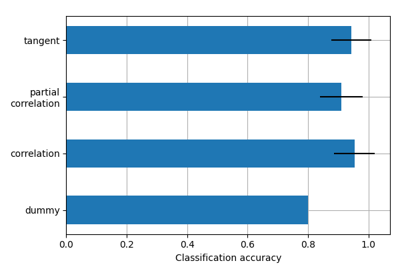Note
This page is a reference documentation. It only explains the function signature, and not how to use it. Please refer to the user guide for the big picture.
nilearn.datasets.fetch_atlas_msdl#
- nilearn.datasets.fetch_atlas_msdl(data_dir=None, url=None, resume=True, verbose=1)[source]#
Download and load the MSDL brain Probabilistic atlas.
It can be downloaded at Spatially Constrained Parcellation[1], and cited using Varoquaux et al.[2]. See also Varoquaux and Craddock[3] for more information.
- Parameters:
- data_dir
pathlib.Pathorstr, optional Path where data should be downloaded. By default, files are downloaded in a
nilearn_datafolder in the home directory of the user. See alsonilearn.datasets.utils.get_data_dirs.- url
str, default=None URL of file to download. Override download URL. Used for test only (or if you setup a mirror of the data).
- resume
bool, default=True Whether to resume download of a partly-downloaded file.
- verbose
int, default=1 Verbosity level (0 means no message).
- data_dir
- Returns:
- data
sklearn.utils.Bunch Dictionary-like object, the interest attributes are :
‘maps’:
str, path to nifti file containing the Probabilistic atlas image (shape is equal to(40, 48, 35, 39)).‘labels’:
listofstr, list containing the labels of the regions. There are 39 labels such thatdata.labels[i]corresponds to mapi.‘region_coords’:
listof length-3tuple,data.region_coords[i]contains the coordinates(x, y, z)of regioniin MNI space.‘networks’:
listofstr, list containing the names of the networks. There are 39 network names such thatdata.networks[i]is the network name of regioni.‘description’:
str, description of the atlas.
- data
References
Examples using nilearn.datasets.fetch_atlas_msdl#
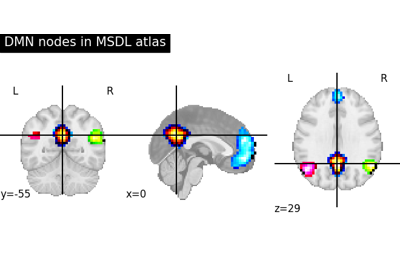
Visualizing a probabilistic atlas: the default mode in the MSDL atlas
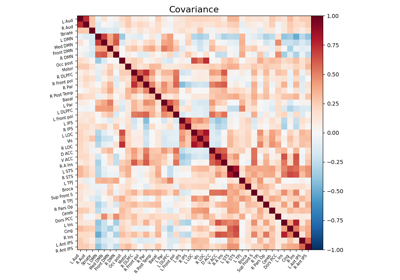
Computing a connectome with sparse inverse covariance
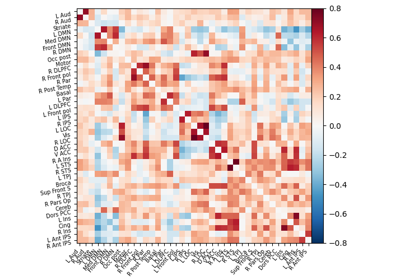
Extracting signals of a probabilistic atlas of functional regions
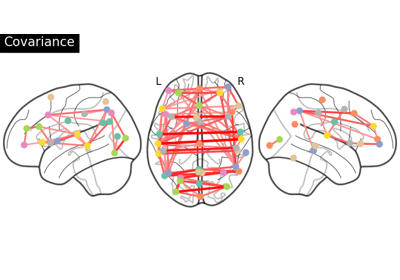
Group Sparse inverse covariance for multi-subject connectome
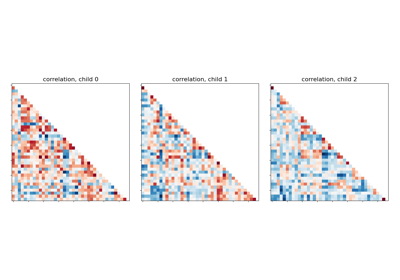
Classification of age groups using functional connectivity
